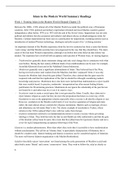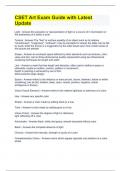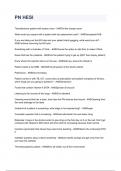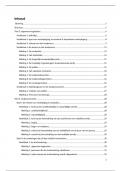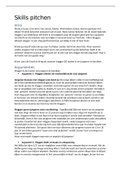Resume
Summary Islam in the Modern World
- Cours
- Établissement
- Book
Summary of the readings from Nico Kaptein's class on Islam in the Modern World. Includes all terms and names from his document which should be mastered for the final.
[Montrer plus]
